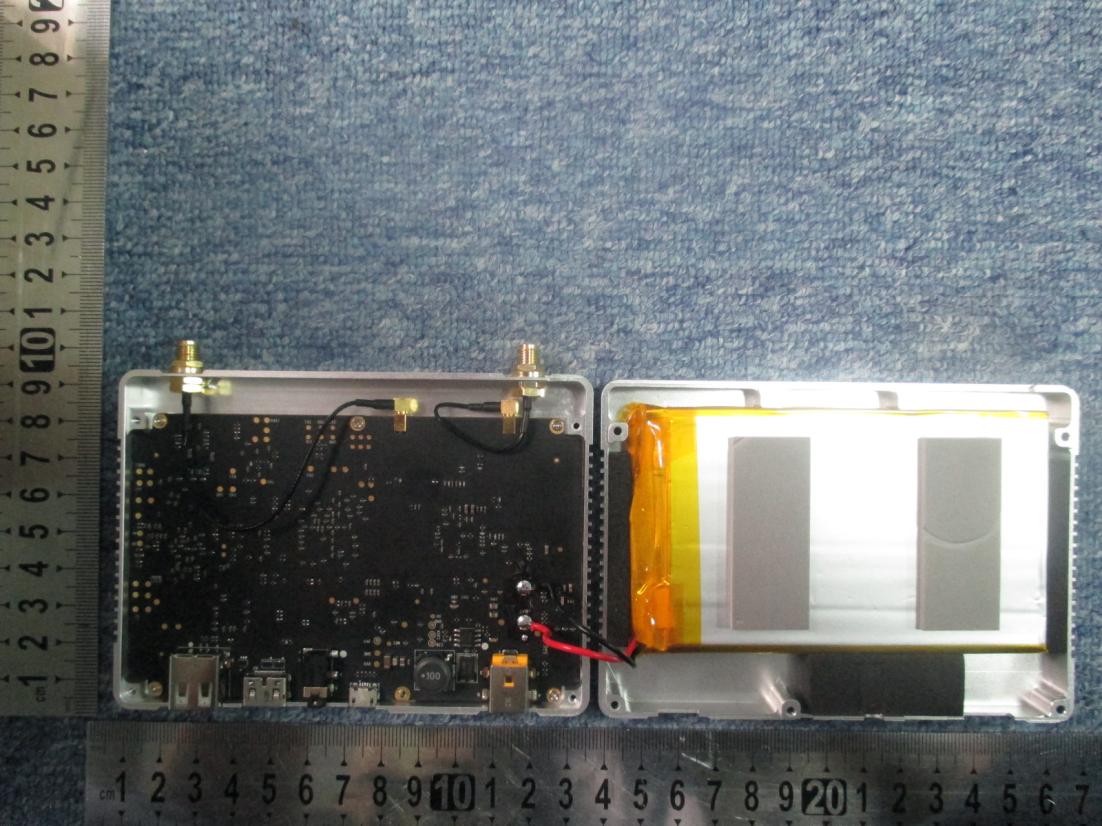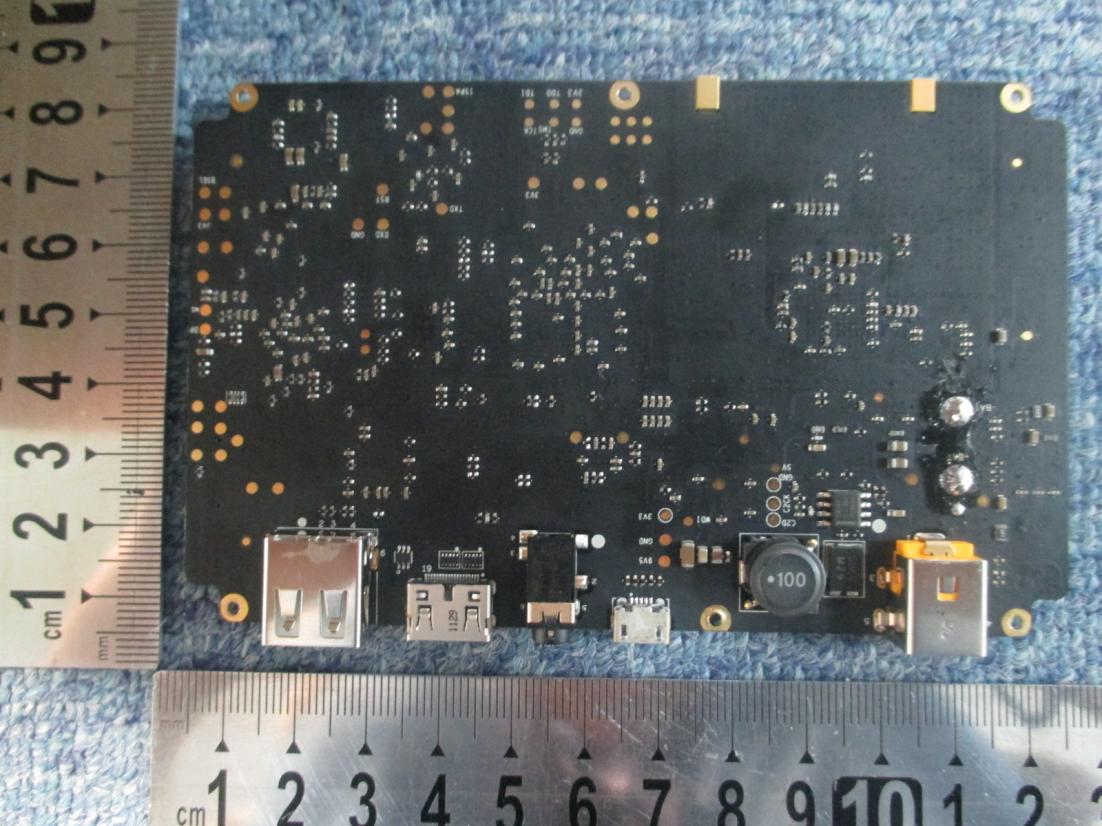Introduction
The DJI Lightbridge by SZ DJI TECHNOLOGY is a cutting-edge wireless communication module designed to enhance video transmission capabilities for drones. This device, bearing the FCC ID SS3-201402241, represents a significant advancement in drone technology, allowing for high-quality video and data transmission over long distances. The absence of a grant date in its FCC certification indicates its compliance with regulatory standards, ensuring it meets the necessary requirements for RF emissions, making it legal for sale and operation within the United States. In this article, we will delve into the key specifications, operating frequencies, wireless technologies, and internal components of the DJI Lightbridge, providing a comprehensive overview of its capabilities and regulatory insights.
Key Features & Specifications
The DJI Lightbridge is engineered to facilitate seamless communication and video transmission for drone applications. Here are the key features and specifications of this device:
- High-Definition Video Transmission: Designed to provide clear and reliable HD video streaming from drones to ground stations.
- Long-Range Capability: Enables video transmission over extended distances, crucial for professional drone operations.
- Robust Connectivity: Equipped with multiple interfaces, including USB and HDMI ports, to support diverse connectivity options.
- Compact Design: The device’s compact and lightweight form factor ensures minimal impact on drone performance and flight time.
- Power Management: Integrated power regulation components, including inductors and capacitors, ensure efficient power distribution and management.
- External Antennas: SMA connectors allow for the use of external antennas, enhancing signal strength and transmission range.
While official detailed specifications are sparse, the device’s design suggests a focus on high-performance communication, video transmission, and power efficiency, typical of advanced drone technology.
Operating Frequencies
The DJI Lightbridge operates on the following frequencies as detailed in its FCC filing:
| Frequency Range (GHz) | Output Power (mW) | FCC Rule Part |
|---|---|---|
| 2.405376-2.477056 | 24.4 | 15C1 |
These frequencies are critical for understanding the device’s wireless capabilities, range, and compliance with regulatory standards. The specified output power ensures effective communication while adhering to FCC regulations.
Technology Deep Dive
The DJI Lightbridge primarily utilizes wireless technologies such as Wi-Fi, given its operating frequency range. The 2.4GHz band is commonly used for Wi-Fi communications, providing a balance between range and data throughput. This frequency is ideal for applications requiring stable connections and moderate data rates, such as video streaming from drones.
The implications of operating within these frequencies include potential interference from other devices operating on the same band, which can affect performance and range. However, the use of external antennas and robust power management helps mitigate such issues, ensuring reliable communication. The device’s design likely emphasizes power efficiency, crucial for maintaining long flight times in drone applications.
In-Depth Internal Component Analysis / Teardown
The internal components of the DJI Lightbridge reveal a sophisticated design aimed at maximizing performance and reliability. Below is a detailed analysis of the internal hardware based on component photographs.
1. Internal-Photos-2219512_page1_img2.jpeg
The PCB in this image showcases several integrated circuits (ICs), including likely RF transceivers and possibly a microcontroller or system-on-chip (SoC). The board’s multi-layer design, with differential pair routing and impedance-controlled traces, is optimized for high-frequency signal integrity. Two SMA connectors at the top edge indicate provisions for external antennas, enhancing RF communication capabilities. The presence of USB and HDMI ports suggests the device supports data transfer and video output, essential for drone operations. The robust build quality and compact layout highlight a design focused on communication, power management, and connectivity.

2. Internal-Photos-2219512_page1_img3.jpeg
This image reveals the underside of the PCB, notable for its black high-quality FR4 material, indicative of a multi-layer design. The presence of numerous vias and component pads supports complex routing and power distribution. Connectors visible include USB Type-A, micro USB, and mini HDMI, which facilitate data and video interfaces. The large inductor and capacitors suggest a power regulation section, crucial for voltage conversion and filtering. The overall design reflects a focus on high-speed data processing, essential for the DJI Lightbridge’s video transmission capabilities.

3. Internal-Photos-2219512_page2_img2.jpeg
The board in this image is densely populated with large ICs, likely including a main SoC or MCU for video or communication signal processing. The layout suggests a combination of digital and RF components, with connectors for external antennas. The PCB’s multi-layer design and robust grounding support high-frequency signal routing. Power regulation components, including inductors and capacitors, ensure efficient power management. The presence of a crystal oscillator indicates timing-critical operations, vital for synchronized communication and data processing.

Regulatory Insights & FCC Filing
The FCC ID SS3-201402241 signifies that the DJI Lightbridge complies with U.S. standards for electromagnetic interference, making it legally permissible for sale and use. Although no grant date is provided, the registration by FCC.gov assures that the device meets the required standards. FCC filings typically include detailed test reports for RF exposure and electromagnetic compatibility, along with photos, user manuals, and sometimes schematics and block diagrams. These documents provide insights into the device’s compliance and technical specifications.
Potential Use Cases & Target Audience
The DJI Lightbridge is ideally suited for professional drone operators and enthusiasts seeking high-quality video transmission and reliable communication. Potential use cases include:
- Aerial Photography and Videography: Enables real-time HD video streaming for capturing stunning aerial footage.
- Surveying and Mapping: Facilitates remote data transmission for precise mapping and surveying operations.
- Search and Rescue Operations: Supports communication and video transmission in critical search and rescue missions, providing real-time situational awareness.
Conclusion
The DJI Lightbridge by SZ DJI TECHNOLOGY, with its FCC ID SS3-201402241, represents a pinnacle of innovation in drone communication technology. Its compliance with regulatory standards ensures reliable and legal operation, while its advanced features and robust design make it an essential tool for professional drone applications. The device’s sophisticated internal components and efficient design underscore its role as a leader in the market for high-performance drone communication systems.